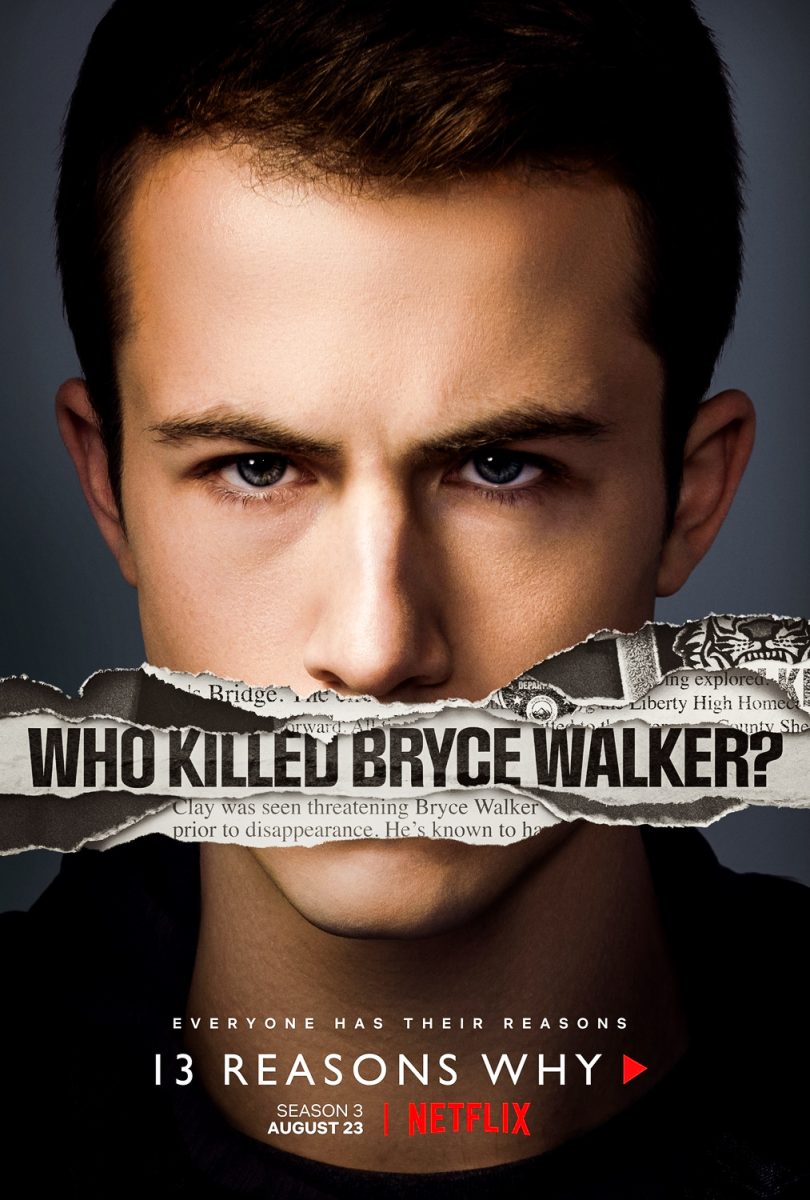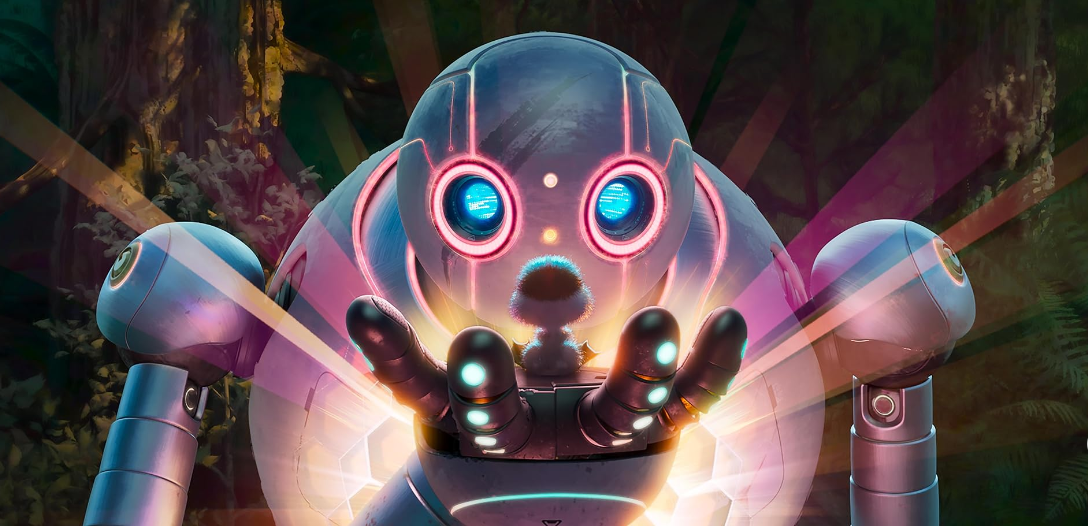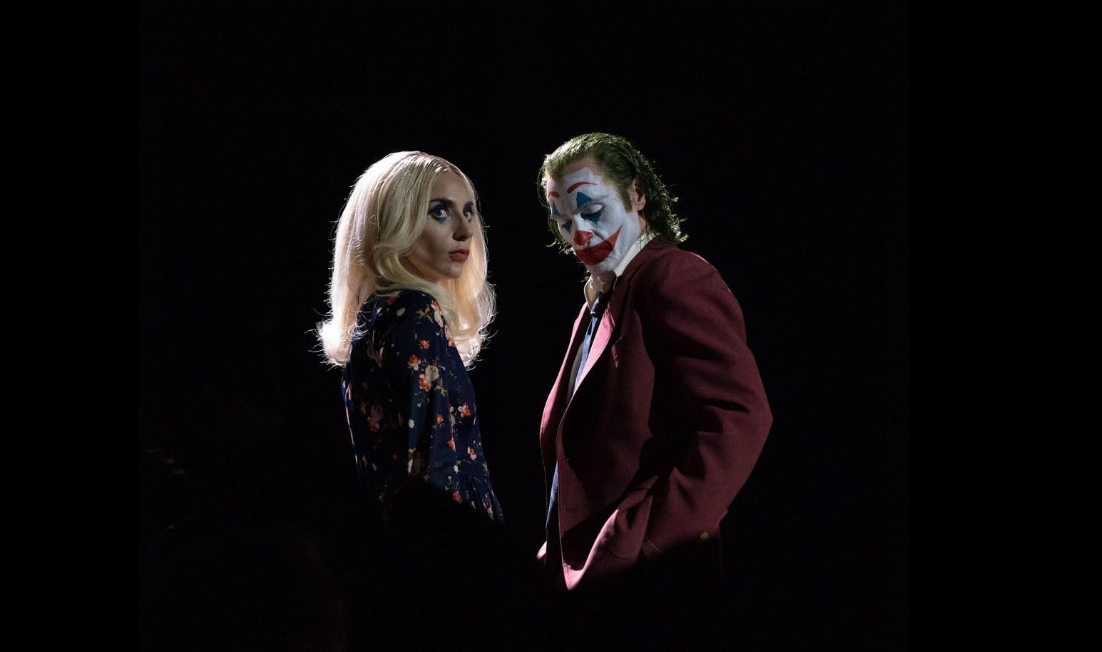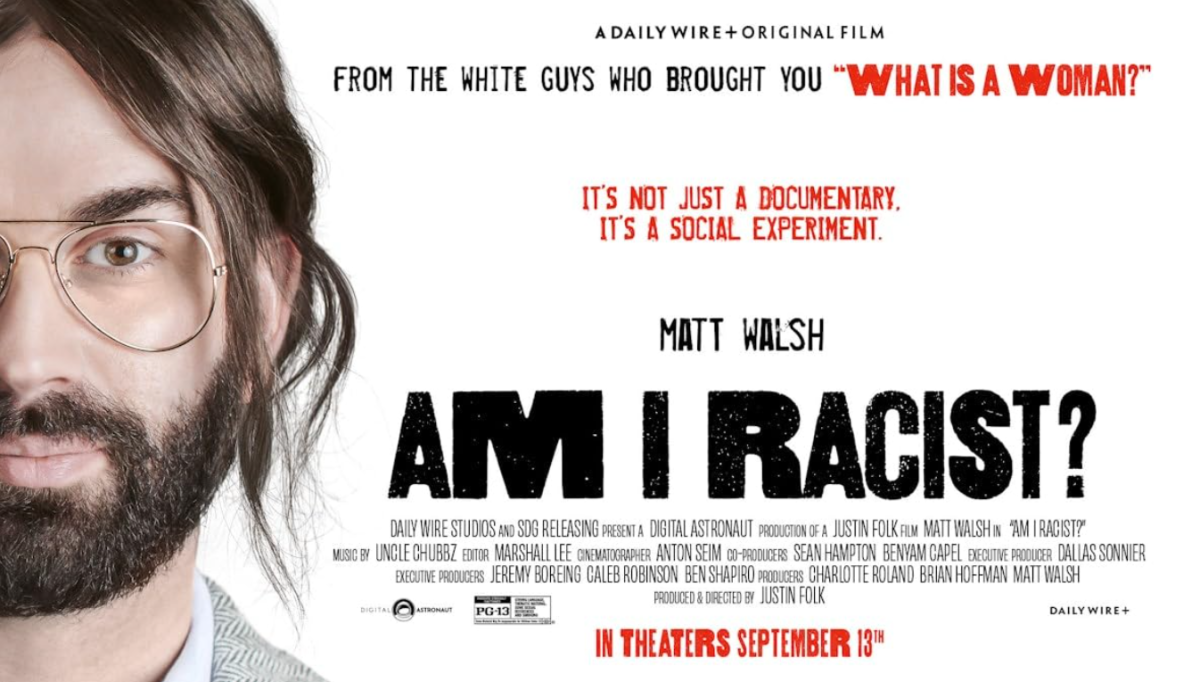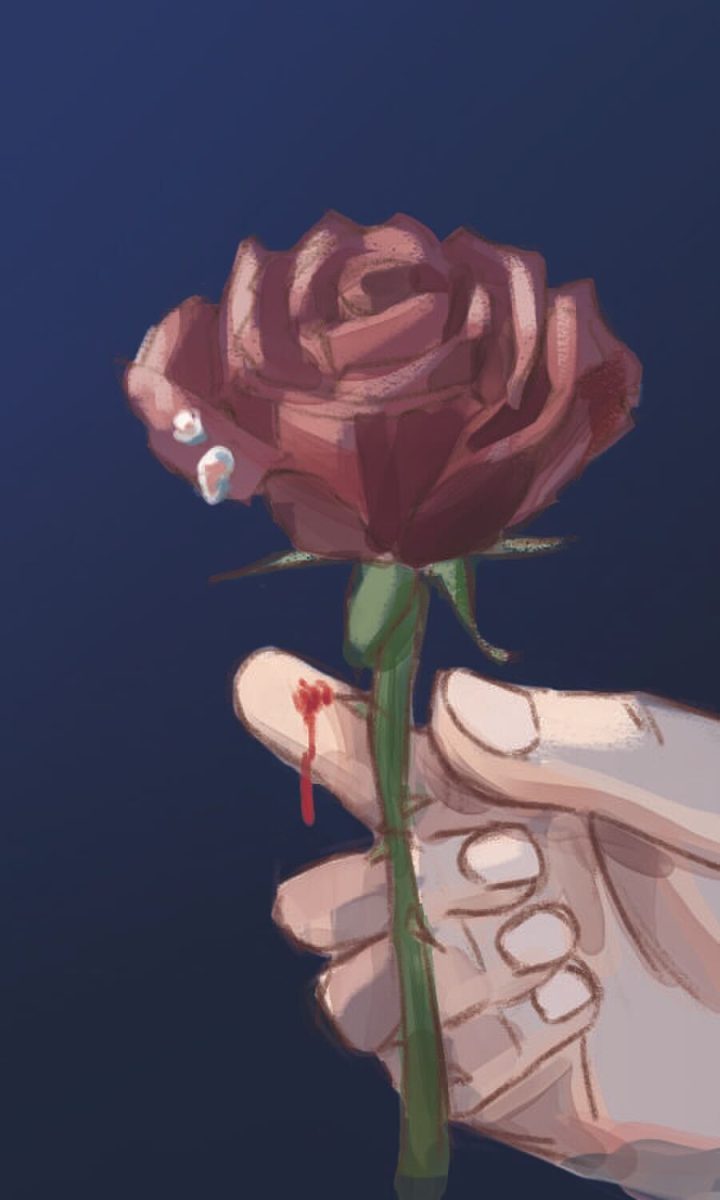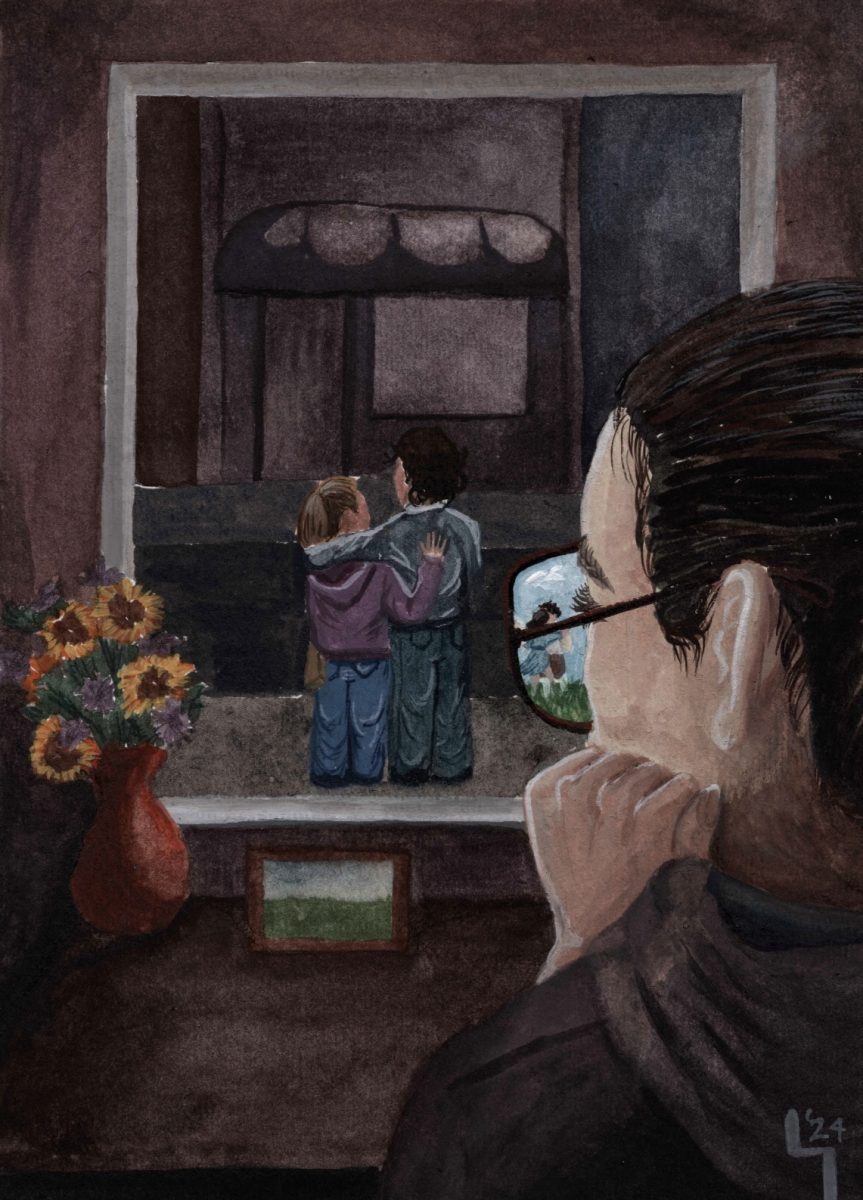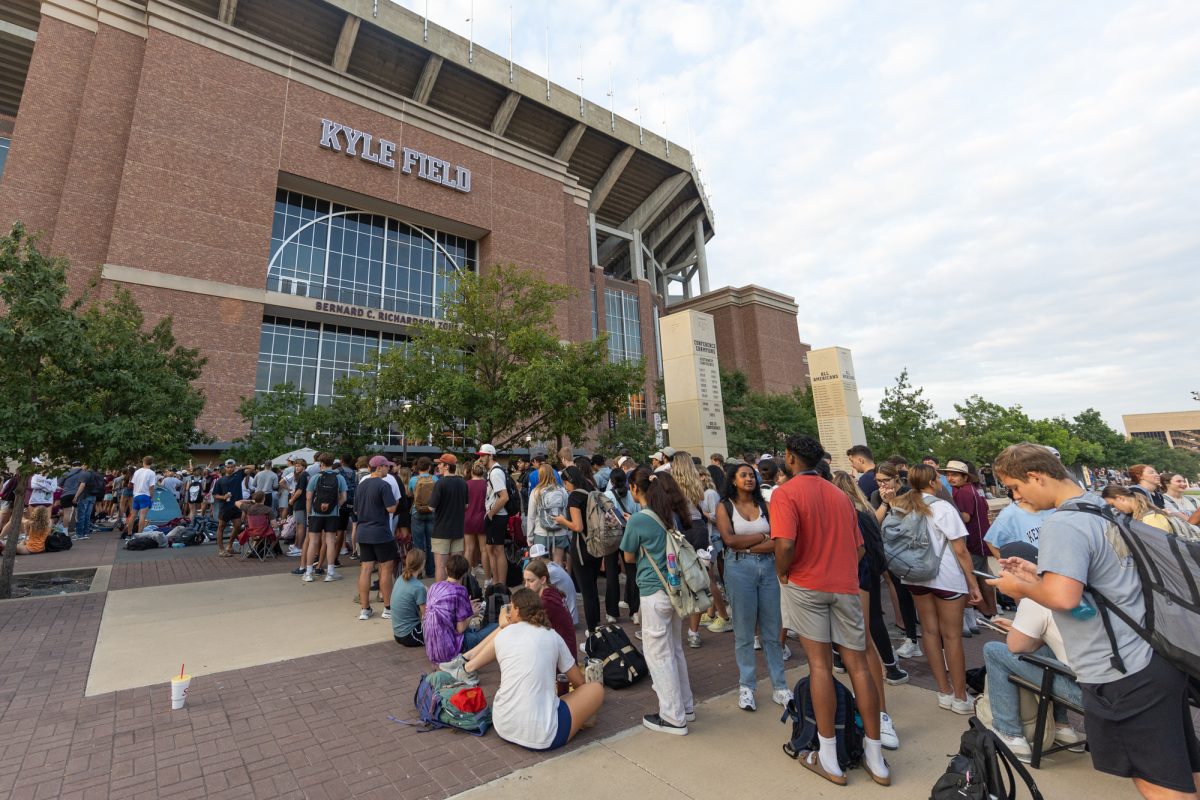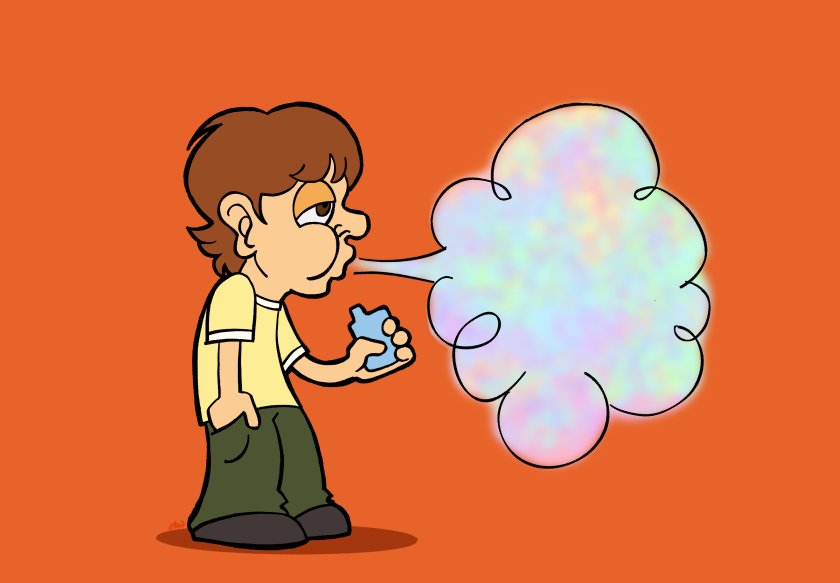With quotes, stories and tapes that have a way of blurring the line between reality and “just a show,” “13 Reasons Why” has walked into unchartered waters.
The Netflix original has brought suicide into the spotlight with a vivid “after” depiction of the lasting effects of a young woman’s final fate.
Hannah Baker’s voice is heard long after she passes, not just because of her 13 taped voice recordings, but of the lasting impression that her tragic death leaves on her community.
There are an overwhelming number of advantages and disadvantages to watching the show. Some of the pros include bringing topics like suicide, bullying and rape into the conversation. However, the drawbacks include the possibility that the depiction of suicide in media can have an adverse effect on those already suffering from mental illnesses.
The biggest question is whether or not there are any distinct conclusions that the show was more helpful than harmful or vice versa.
An article in the Journal of the American Academy of Child and Adolescent Psychiatry stated that “the overall suicide rate among 10- to 17-year-olds increased significantly in the month immediately following the release of ‘13 Reasons Why.’”
While looking for opposing evidence which might support the position that people called more suicide hotlines after the show’s release, I found quite the opposite. In one study published this year, the authors looked into crisis text lines used after the release of the show, and instead of showing an increase, there was a decrease in users.
This result was shocking. Of course, with something this extreme, conducting a study with zero chance of lurking variables is impossible. So the argument whether there could be another reason that there was an increase in suicides remains.
But with the facts and figures behind us, the effects on those not previously struggling with mental illness deserves a spot in the light.
For the first time, I watched a suicide story with extreme empathy. The show portrayed the reality of online bullying. As a part of Gen Z, there are things that the generations above us do not understand. Online bullying on MySpace is not a thing anymore. However, having a photo sent out of you is.
If someone were to ask you if you would stand up to people bullying someone, you would nod your head with exuberance. However, if you watched “13 Reasons Why” and were then asked if you would stand up to a bully, it’s a different situation.
The reality is that there is an association principle that faced Hannah’s friends. If people are bullying someone, everyone else is just trying to survive too, and they may be reluctant to stand up and help. It is high school after all. If someone had the choice to have one person like them or fifty, they are going to go with fifty even if that means leaving a friend behind.
I have never seen this portrayed so well than in this show. It captures the realness of bullying. You might have one group not like you and lose all of your friends because of it.
One of Hannah Baker’s most notable quotes is, “No one knows for certain how much impact they have on the lives of other people.”
Everyone affects everyone. It is a simple concept but often forgotten. For those watching that have never experienced the horror of some of these events, I can only hope it brings empathy.
Knowing the totality of the effects of this show is impossible. However, I do know it changed my perception of people. We each walk around with stories more in-depth than our world’s trenches.
The complex effects of “13 Reasons Why”
October 6, 2019
Photo by Creative Commons
“13 Reasons Why” Season 3 was added to Netflix’s queue Aug. 23.
0
Donate to The Battalion
Your donation will support the student journalists of Texas A&M University - College Station. Your contribution will allow us to purchase equipment and cover our annual website hosting costs.
More to Discover



